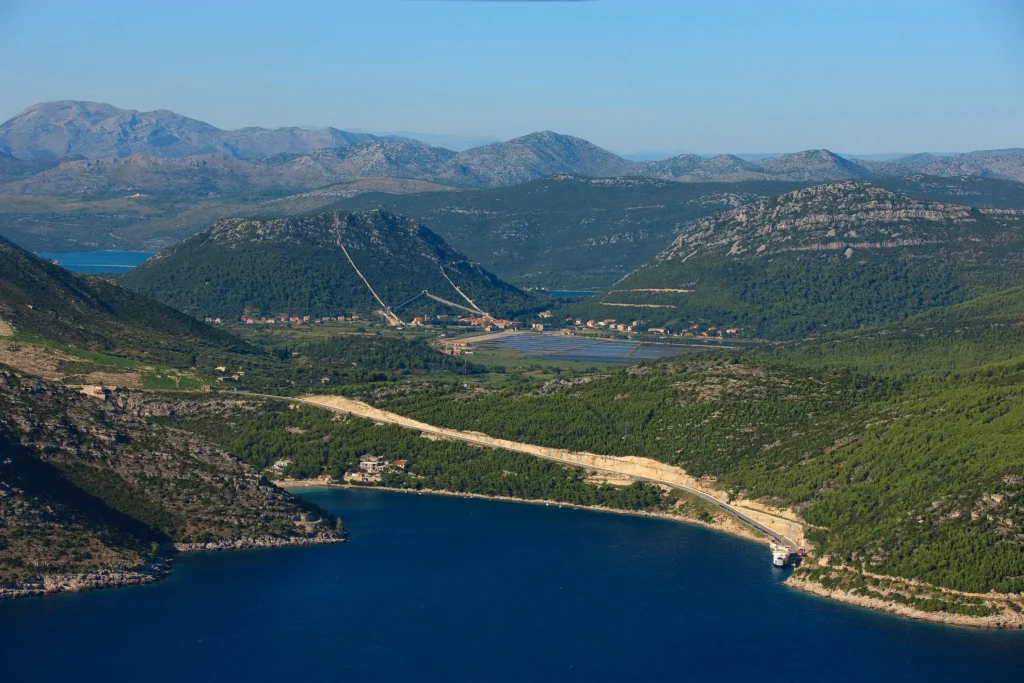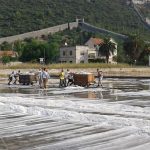As Morski writes, this particular Ston palace is one step closer to becoming the home of the establishment of a modern multimedia interpretation centre for Mediterranean heritage as part of the wider TAKE IT SLOW project.
To be more specific, Dubrovnik-Neretva County and the company ARD d.o.o. Metkovic signed a contract for the preparation of a conservation study for the establishment of an interpretation centre in Ston, which will, as stated, be situated within the beautiful Rector’s Palace.
The conservation study will include cultural and historical processing of this Ston palace, where a multidisciplinary multimedia space will be established in which cultural heritage, typical products from the area, traditional land cultivation and production customs and so on will be presented through various arts, designs, presentations and events which will delve more deeply into life there and the destination of Ston itself.
The aim of the interpretation centre is to acquaint foreign guests with the rich natural and cultural heritage of this area, and will also be a starting point for further exploration of Peljesac, the nearby southern Dalmatian islands and other parts of Croatia’s southernmost county which borders Montenegro.
More than 3.5 million kuna has been provided for the renovation of the stunning Rector’s Palace in Ston, and as part of the project, an access road to the medieval Blaca Hermitage complex on the island of Brac in central Dalmatia, a virtual museum and creative centre in Momjan and an open-air museum near Sibenik will all be arranged.
“Smart and Slow Tourism Supporting Adriatic Heritage for Tomorrow” (TAKE IT SLOW) is a strategic bilateral project of the Republic of Croatia and neighbouring Italy designed to manage and promote the Adriatic region as a green, smart, sustainable, accessible cross-border tourist destination.
The project holder is Dubrovnik-Neretva County, and it is being implemented by the Regional Agency DUNEA. The project is worth more than 28 million kuna, of which 85 percent is from the European Regional Development Fund, and 6.5 million kuna is available for Dubrovnik-Neretva County.
For current coronavirus information specific to Croatia, including border and travel rules, as well as testing centres across the country, bookmark this page.









